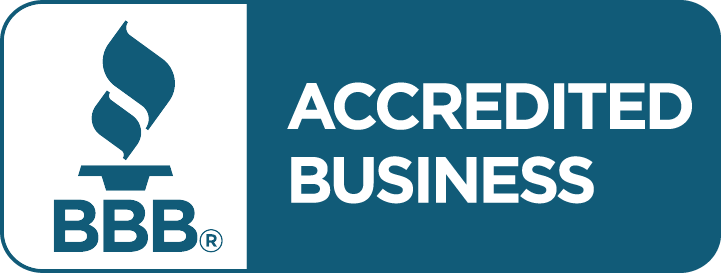When researching different types of investments, registered retirement savings plans (RRSPs) and tax-free savings accounts (TFSAs) are often considered. Although contributing as much as you can to both is the optimal financial strategy, it is often not feasible. This typically leads to people choosing one over the other.
Making the best financial decisions starts with having strong financial literacy. To help you decide between investing in an RRSP or a TFSA, you first need a basic understanding of what each type of investment offers.
What is a TFSA?
Introduced to Canadians in 2009, a TFSA is a relatively new investment option. Offering tax-free withdrawals and no age limit for making contributions, this type of investment can be used for any savings goal. Besides savings accounts, TFSAs hold investments like bonds, stocks and mutual funds, and allow for an annual allotment (currently $6,000) plus any rollover from previous years.
Since the money put into a TFSA has already been taxed, no tax is owed when a withdrawal is made.
What is an RRSP?
Acting as a tax-sheltered way to save for retirement, you pay tax on an RRSP when you withdraw it – typically during retirement or when you’re in a lower tax bracket. With an RRSP, you’re able to invest up to 18% of your gross income or $26,500 (whichever is lower) annually without paying income tax on that money. Intended for retirement savings, the year you turn 71 is the age limit for making RRSP contributions.
Like TFSAs, various investments can be held within RRSPs, such as bonds, stocks, and mutual funds. Besides retirement planning, you can use RRSPs to purchase your first home, return to school, and split your income with your spouse.
For people in higher tax brackets, RRSPs provide a welcome relief come tax time – however, mandatory minimal withdrawals are required at retirement.
Is a TFSA or an RRSP Better?
Deciding which type of investment is best for you depends on your unique financial situation and your tax bracket.
Because RRSPs aren’t as tax-efficient in lower tax brackets, TFSAs are typically recommended if you make less than $50,000 per year. Annual salary earners of $50,000 or more usually benefit from the tax deductions provided by RRSPs.
In a perfect world, it’s best to invest in both RRSPs and TFSAs. Having both offers the opportunity to increase tax refunds while also having access to readily available, non-taxable cash that can be used for any purpose.
The Bottom Line
Planning for the future involves making the right financial decisions today. Both TFSAs and RRSPs offer unique benefits and can help you achieve your financial goals. Choosing which one to invest in depends on your particular financial and tax situation.
Wondering how you can contribute to a TFSA or RRSP while dealing with debt, too? Our knowledgeable credit counsellors can help you create a financial plan that allows you to do both. Get started by contacting SolveYourDebts.com for more information!











